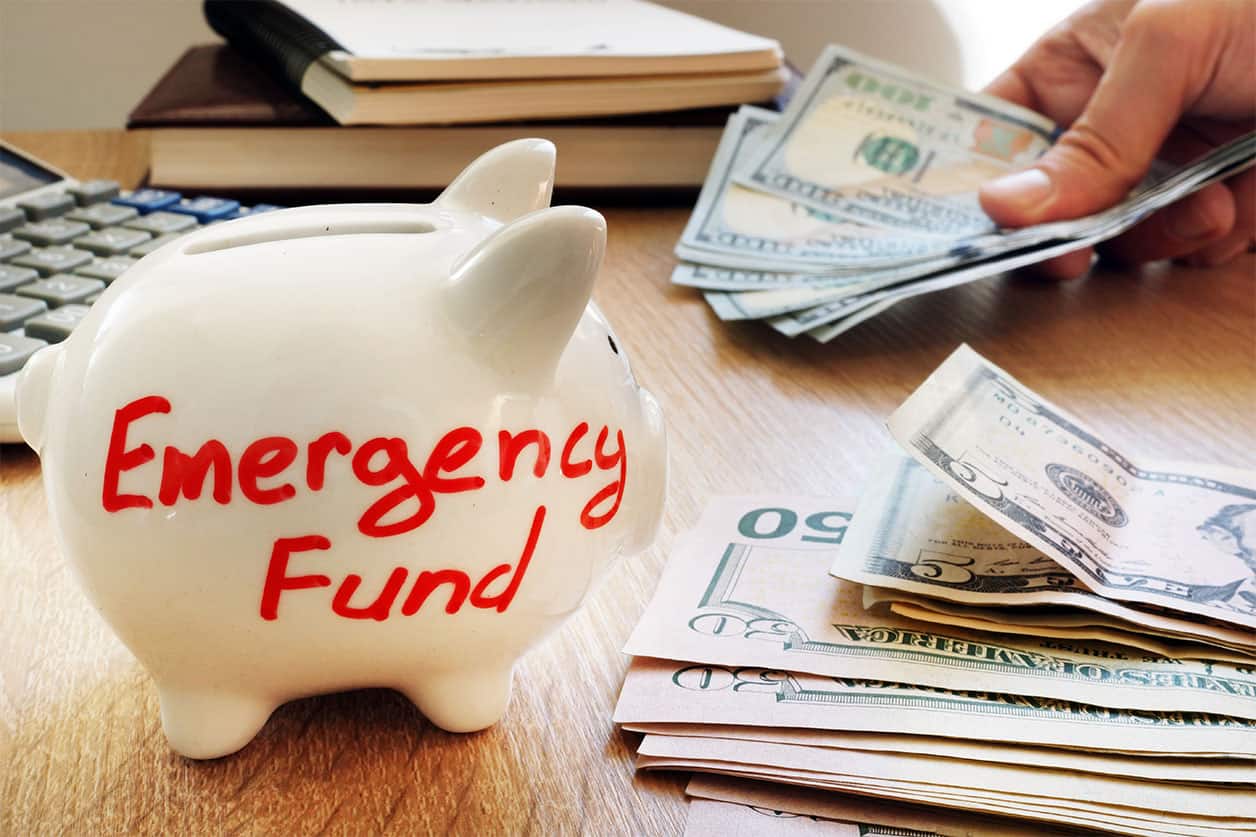
For many people, coming up with funds to cover major unexpected expenses is a difficult task. Many people can only raise emergency funds by either going into debt or selling an important asset. If you’re one of those people, creating an emergency fund should be at the top of your financial goals.
“Stacking away some ready-to-use cash is indispensable to a healthy financial plan as unexpected expenses keep cropping up,” advises Rohit Shah, the founder and CEO of Getting You Rich. “A reserve of emergency cash will help you tide over unforeseen challenges without having to borrow.”
An emergency fund, sometimes called a rainy day fund, gives you security when you have unexpected expenses. That way, you won’t have to sell your valued assets, take expensive loans, ask friends or relatives to bail you out, or dip into savings meant for other investments.
Remember, an emergency fund is only supposed to be used in case of true emergencies. You can’t touch it to fund impulse purchases or expensive vacations – these expenses can be anticipated and planned for.
Instead, you can use the money in your emergency fund for costly, necessary, and unexpected expenses such as medical bills, car repairs, phone theft, and replacing or repairing broken household appliances. An emergency fund also comes in handy when you suddenly lose your job.
How much should be in your emergency fund?
Financial experts say that your emergency fund should have an amount equivalent to three to six times your monthly expenses. When tallying up your monthly expenses, remember to include expenses such as rent, utilities and insurance premiums.
But for many people, saving even three months’ worth of expenses can seem like an unattainable goal, especially if you’re also working on other financial goals such as saving for retirement or paying debts. To start off, you can aim at saving a month’s worth of expenses. Then you can make a long term goal to work this up to three months’ worth of savings.
If you have an unstable job, you might have to save more during the months when you have steady income. This will help you have an easier time during the periods you have less reliable income.
You should also consider other factors such as family size, number of earners in the family, and the health of self and other family members. For instance, if you have older people in the family or very young children, you might have to save more in case of health-related expenses which are not covered by your health insurance.
Where to keep your emergency funds
An emergency fund needs to be easily accessible in case of an emergency. Therefore, you need an account which offers easy access as well as high benefits.
The best place to stash your emergency cash is in a high-yield savings account. Take a look at different savings accounts offered by various banks. Go for one with higher than average interest rates, no monthly fees, and no minimum balance requirements.
You can also save your emergency funds in a money market account. Money market accounts are easy to use, have no penalties for withdrawal, and might offer relatively high yields.
Another highly recommended option is a certificate of deposit. Commonly referred to as CDs, a certificate of deposit offers a fixed rate of return for a specific duration of time. You can get CDs with terms ranging from as short as one month to as long as seven years. The longer terms usually means you’ll earn more interest.
Bear in mind that CDs usually lock away your savings for certain duration. Withdrawing the money before the stipulated term incurs a penalty. To avoid paying penalties, you can take different CDs with different terms. This way, you will build a CD ladder that minimises the likelihood of being hit with early withdrawal penalties.
You can also use online or mobile saving apps such as Mshwari or Paypal. You can utilise the “Lock Savings” feature on Mshwari and set it to a short duration (such as one month) so as not to be tempted to spend the money. There are no monthly charges on Mshwari lock savings, you earn a daily interest, and you can determine the duration you want to lock your savings for.
How to Save for your Emergency Fund:
- Pay yourself first: For most people, saving is easier said than done. To achieve your goal of building an emergency fund, make saving a priority. Instead of saving what you have left over after spending, always pay money to your savings account as soon as you get your salary.
Adopt a “pay yourself first” mindset. Once the money is safely tucked away in your emergency fund account, you’ll be less tempted to touch it. - Set and forget: Having to withdraw money from your salary account and deposit it into your emergency fund account can be a tedious time-consuming process.
Some people might even forget to do it and end up spending the money meant for their emergency fund. To avoid this, you can automate payments from your checking account to your emergency fund account. - Stash Windfalls: Won a lottery? Got an unexpected bonus at work? Or got a money gift from a wealthy relative or friend? This money can go directly into your emergency fund without affecting your lifestyle since you weren’t counting on it in your monthly budget.
- Slash your budget: Check your budget for any unnecessary expenses. For example, do you really need the most expensive TV subscription bouquet? Do you have to eat out at expensive restaurants twice a week? Every little bit that you channel into your emergency fund brings you a step closer to your goal.





























